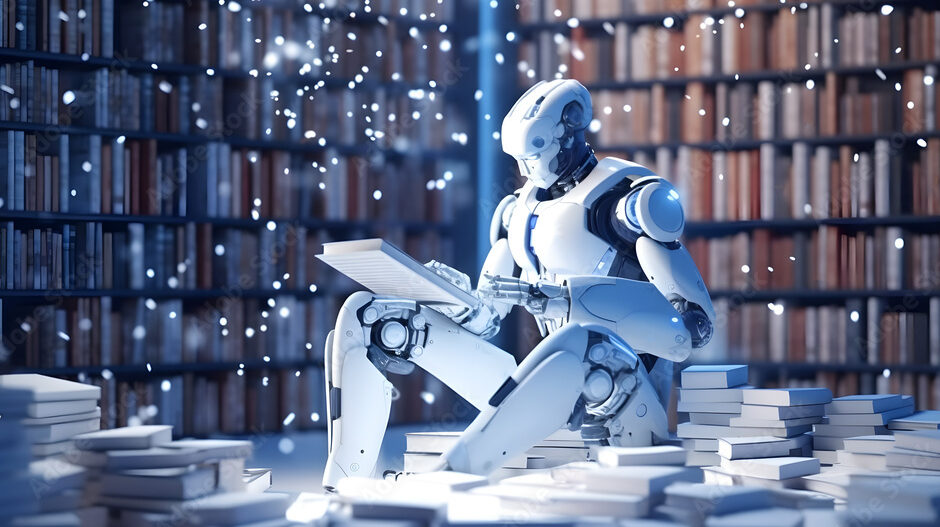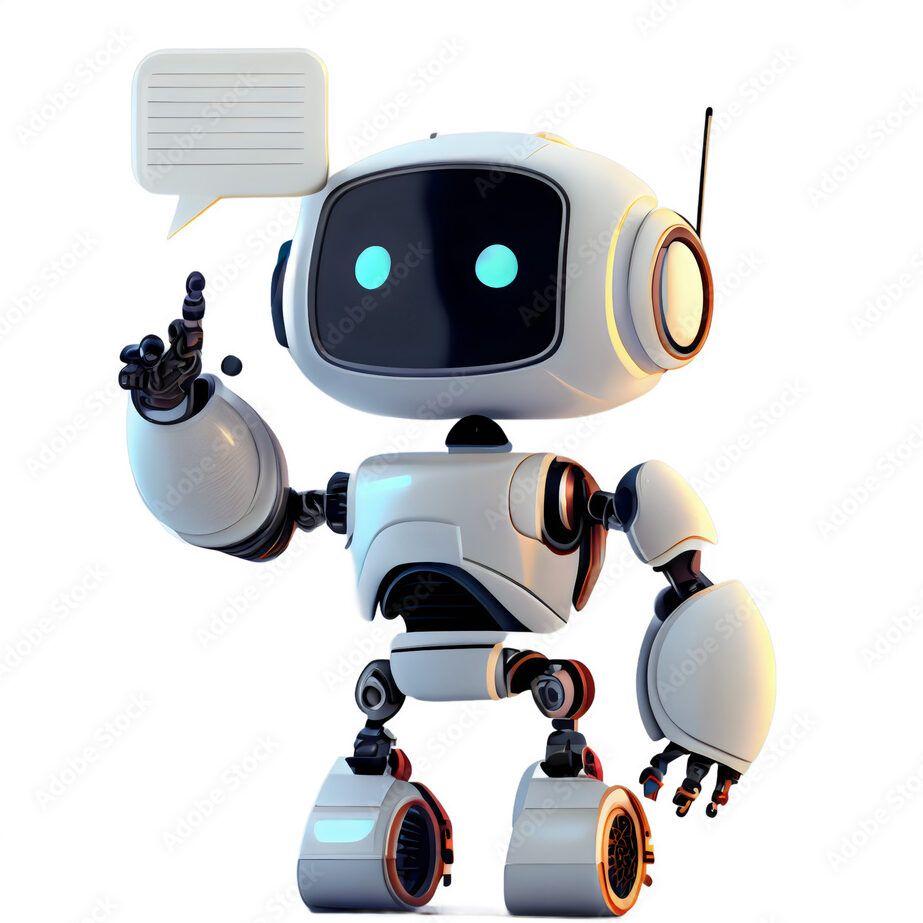EdTech 2.0 refers to the next generation of educational technology, which is increasingly integrating artificial intelligence (AI) and machine learning (ML) to revolutionize the way education is delivered and experienced. The role of AI and ML in the future of education is multifaceted and holds the potential to transform various aspects of the learning process. Here are some key roles and impacts of AI and ML in EdTech 2.0:
1.Personalized Learning:
- AI and ML can analyze students’ learning styles, preferences, and performance to tailor educational content and activities to individual needs.
- Adaptive learning platforms can provide custom learning paths, suggesting resources and assessments based on a student’s progress and abilities.

2.Intelligent Tutoring Systems:
- AI-driven tutoring systems can offer real-time feedback and assistance, simulating one-on-one tutoring to help students with difficult concepts.
- These systems can adapt to students’ pace and comprehension levels, ensuring a deeper understanding of the subject matter.
3.Automating Administrative Tasks:
- AI can handle administrative tasks such as grading, scheduling, and enrollment management, freeing up educators to focus more on teaching.
- Chatbots and virtual assistants can provide students with quick answers to common questions, improving the overall student experience.
4.Learning Analytics:
- ML algorithms can analyze vast amounts of data generated in the learning process to identify trends, predict student performance, and recommend interventions when necessary.
- Institutions can use learning analytics to make data-driven decisions for curriculum development and resource allocation.
5.Content Recommendation:
- AI can recommend relevant educational resources, books, articles, or videos based on a student’s interests and goals, facilitating self-directed learning.
- Content curation platforms can help educators find and organize high-quality teaching materials more efficiently.
6.Language Learning and Translation:
- AI-powered language learning apps can provide real-time language practice and translation assistance.
- Language models can support educators in creating multilingual content and breaking down language barriers in global education.

7.Accessibility and Inclusivity:
- AI can improve accessibility for students with disabilities by providing text-to-speech, speech-to-text, and other assistive technologies.
- ML can also help identify and address learning gaps, ensuring that all students have an equal opportunity to succeed.
8. Continuous Professional Development:
- AI-driven tools can offer personalized recommendations for teachers’ professional development, helping them stay updated with the latest teaching methods and technologies.
- It can also assist in automating the assessment of educators’ performance.
9.Predictive Analytics for Student Success:
- AI and ML can predict dropout risks and identify students who may need additional support, allowing institutions to intervene early and improve retention rates.
10.Research and Innovation:
- AI and ML can accelerate research in education, helping researchers analyze educational data more effectively and discover new insights into effective teaching and learning methods.
These technologies bring personalized learning, efficient administrative processes, and improved accessibility to the forefront. As education evolves, AI and ML will continue to play a pivotal role in enhancing the learning experience for students and educators alike, ensuring a more adaptive, inclusive, and data-driven educational landscape.
